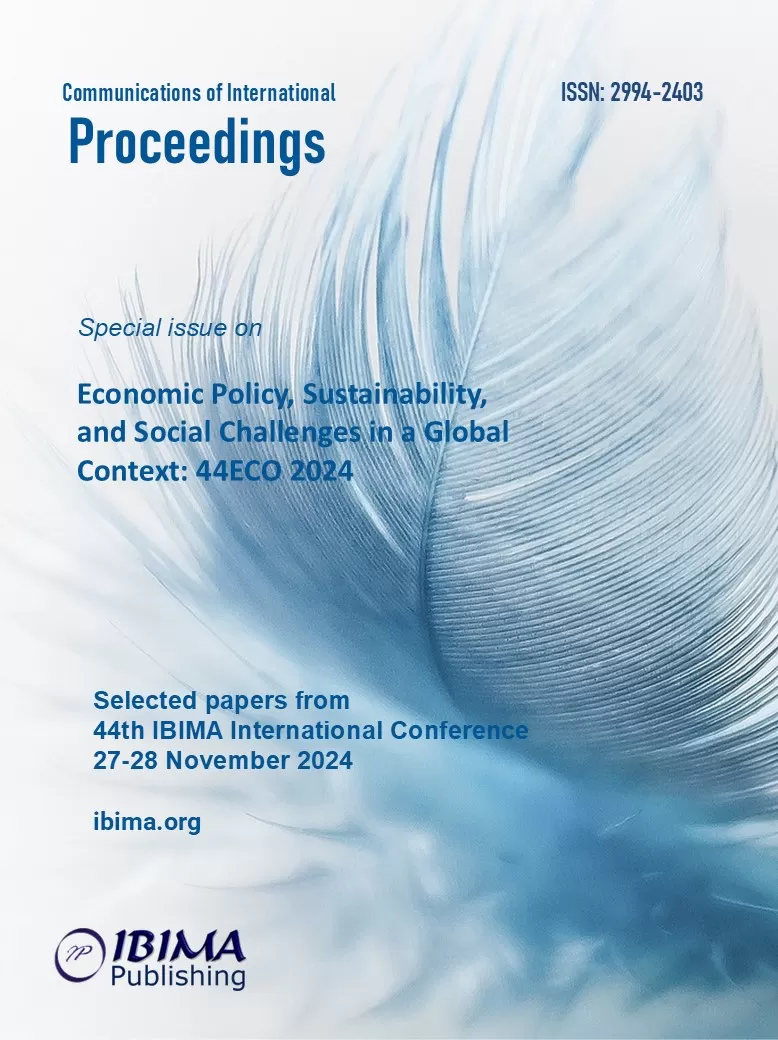
Kamila MUSIAŁ
National Research Institute of Animal Production, Department of Production Systems and Environment, Kraków, Poland

The study was conducted in 2023, in 44 communes/municipalities, located in the macroregion of Kraków-Częstochowa Upland. The research was based on expert surveys regarding the state of agriculture including management methods and rural areas. There has been presented a large group of so called progressive farms (AB) with animal production, that focus on dairy and beef cattle. This group consists of two separate categories defined as developing farms (A), and potentially developing farms (B). Category ‘A farms’ – describes agricultural entities with both – significant production potential and scale of production. Such farms are expansive, often leading and clearly developing, they invest in land or other fixed assets, and use the UE structural funds. Whereas, ‘B farms’ category includes farms with rather small or medium production potential, which at the same time are still market orientated. Such entities invest small amounts of money in technical equipment and usually remain passive on the land market. A synthetic analysis of the studied area, indicates that in this macroregion the progressive farms had a very different shares in particular communes, ranging from 0 to 70%. The biggest share of progressive farms have been indicated for the Lesser Poland Voivodeship – the krakowski district (49,77%). That can be explained by the fact that within this county, there is visible a domination of communes with a rural character, over other types of municipalties. As far as the animal production is concerned, the highest share of progressive farms breeding cattle was indicated for the olkuski district, where in the commune of Wolbrom farms with dairy or beef cattle constituted to about 70% of all agricultural holdings.